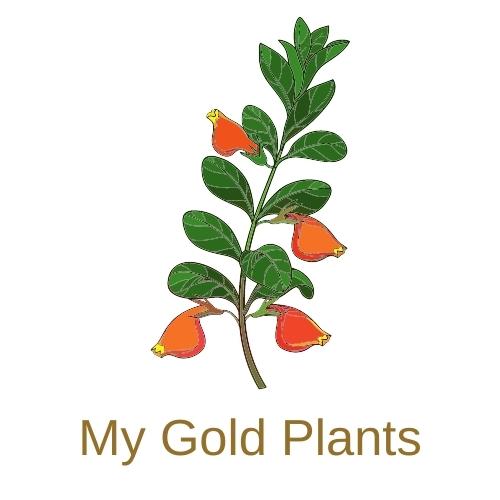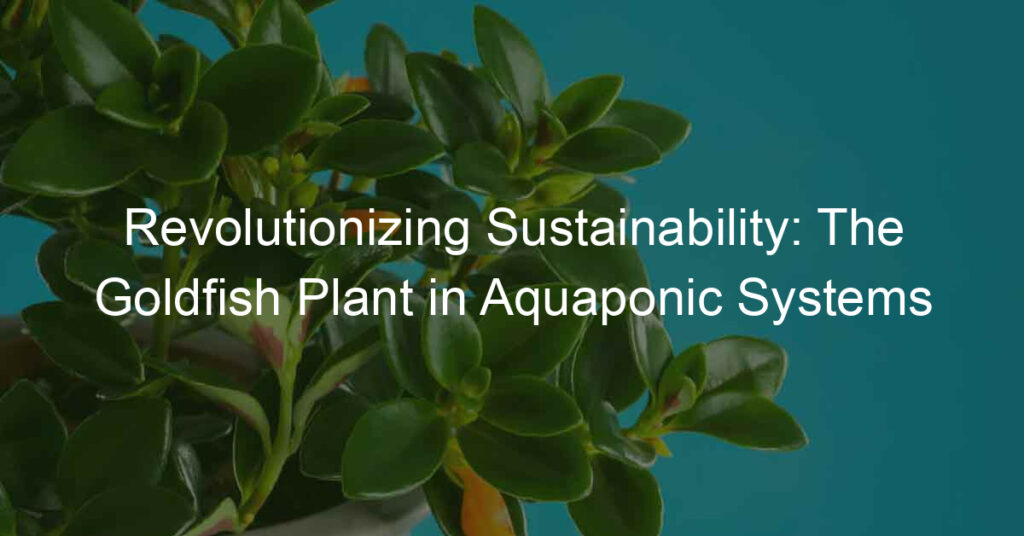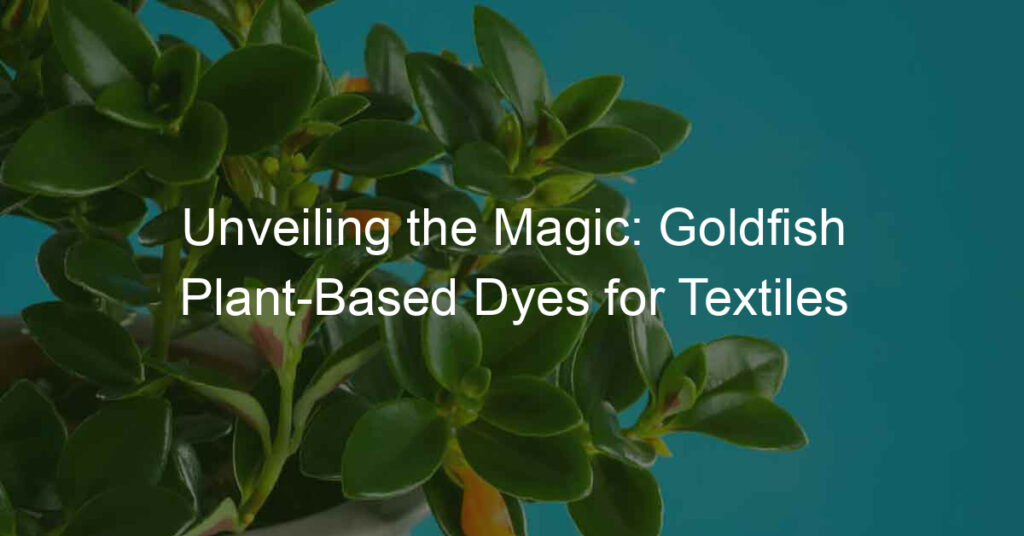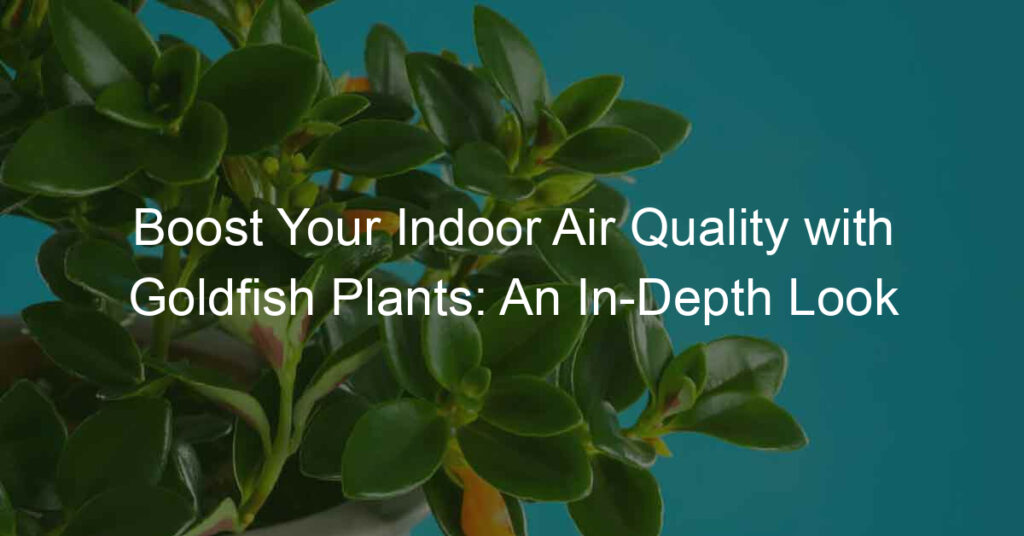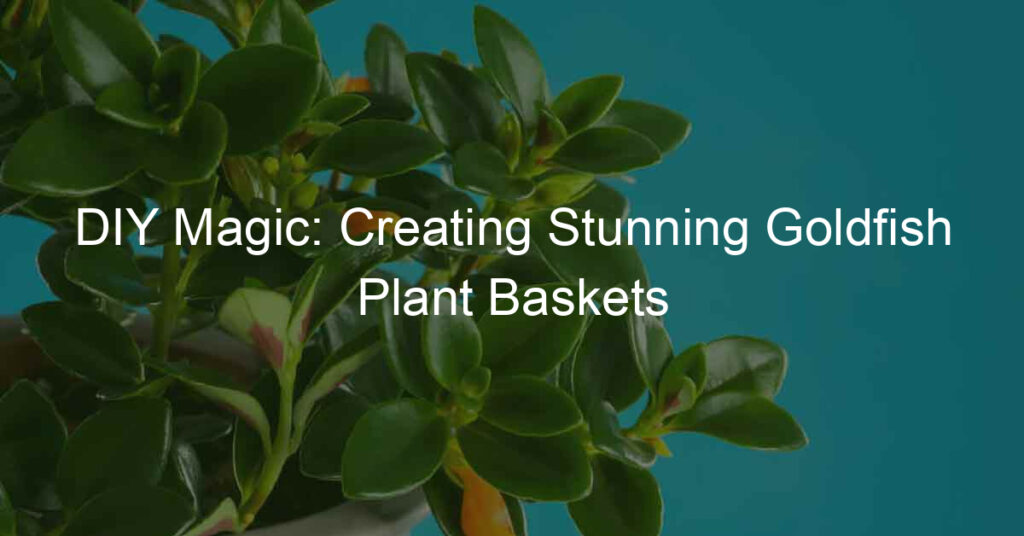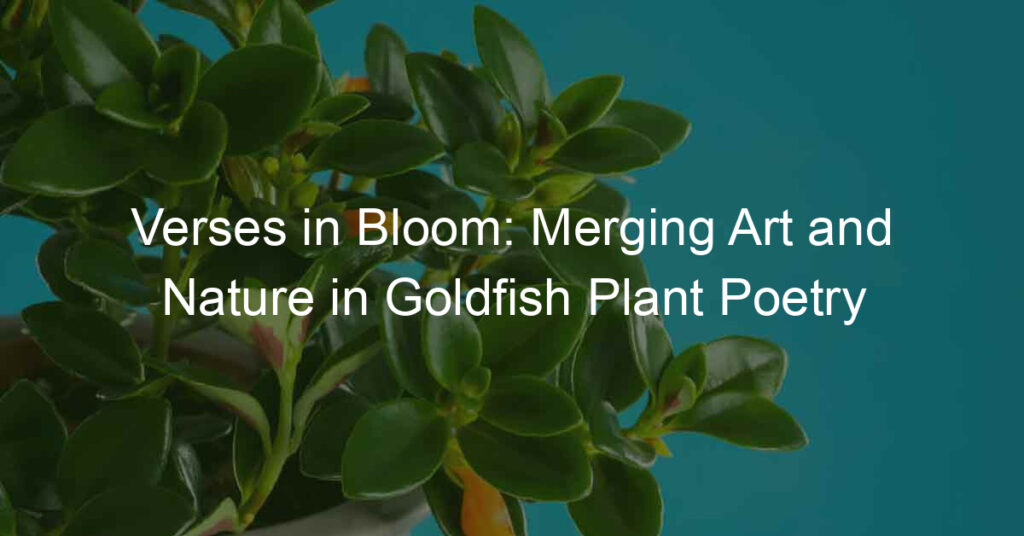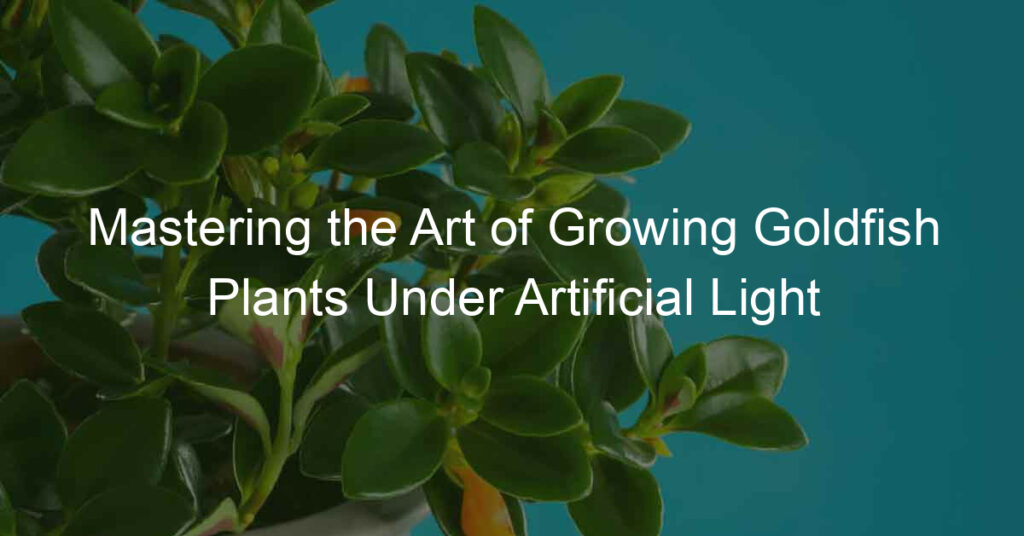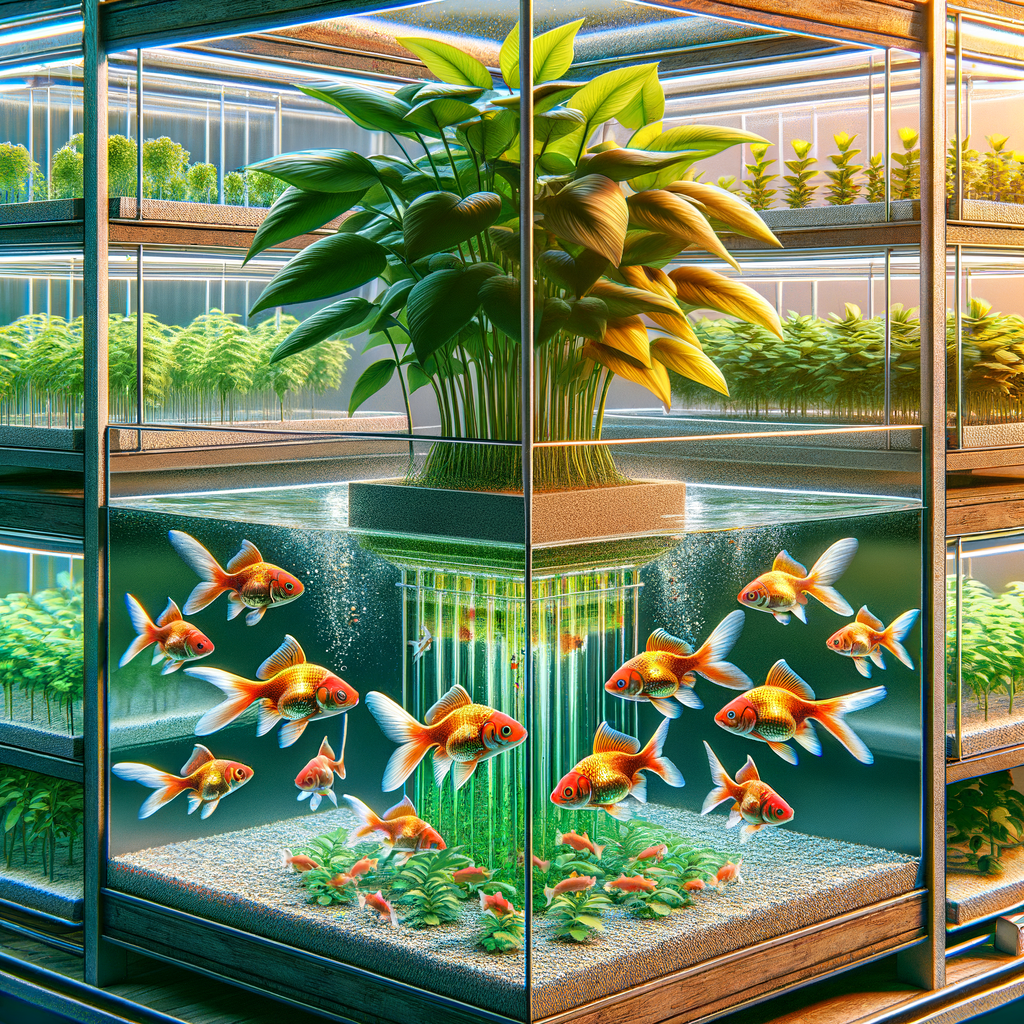
Welcome to the fascinating world of aquaponics! This innovative system combines the best of aquaculture (raising fish) and hydroponics (growing plants without soil) to create a sustainable, self-sufficient ecosystem. Let’s dive into the basics, benefits, and the role of aquaponics in sustainable agriculture.
Aquaponics is a system where plants and fish live together in a mutually beneficial relationship. The fish produce waste, which is converted into nutrients for the plants by beneficial bacteria. In turn, the plants clean the water for the fish. This cycle continues, creating a sustainable and efficient system. The basic principles of aquaponics are simple: fish provide the nutrients, bacteria convert these nutrients, and plants use them to grow.
Benefits of Aquaponic Systems
Aquaponics offers numerous benefits. It uses less water than traditional farming, as the water is recycled within the system. It also requires less land, as plants can be stacked vertically. Aquaponics eliminates the need for chemical fertilizers, as the fish waste provides all the nutrients the plants need. Moreover, it produces both fish and plants, providing a diverse yield.
Aquaponics plays a crucial role in sustainable agriculture. It’s a solution to many of the problems traditional farming faces, such as water scarcity, land degradation, and overuse of chemical fertilizers. By recycling water and nutrients, aquaponics reduces waste and conserves resources. It’s a step towards a more sustainable, eco-friendly future for agriculture.
In the following sections, we will explore how the goldfish plant fits into this system, how to design an aquaponic garden, and the future of sustainable aquaponics. Stay tuned!
Understanding the Goldfish Plant
The Goldfish Plant, also known as Columnea gloriosa, is a unique and vibrant plant that has become increasingly popular in both traditional and aquaponic gardening. This plant is named for its bright orange flowers that resemble leaping goldfish. In this section, we will explore the characteristics of the Goldfish Plant, how to care for and maintain it, and the benefits it offers in aquaponic systems.
-
- Characteristics of the Goldfish Plant
The Goldfish Plant is a tropical perennial, native to Central and South America. It is known for its glossy, dark green leaves and distinctive, bright orange flowers. These flowers bloom throughout the year, adding a splash of color to any setting. The plant typically grows to a height of 2-3 feet, making it an excellent choice for indoor or outdoor gardening. It thrives in warm, humid conditions and prefers indirect light.
-
- Goldfish Plant Care and Maintenance
Caring for a Goldfish Plant is relatively straightforward. It requires a well-draining soil and should be watered regularly to keep the soil moist but not soggy. The plant prefers a humid environment, so misting the leaves can help maintain the right level of humidity. It’s also important to feed the plant with a balanced, water-soluble fertilizer every two weeks during the growing season to support its vibrant growth and flowering.
-
- Benefits of the Goldfish Plant in Aquaponic Systems
Integrating the Goldfish Plant into an aquaponic system offers several benefits. Firstly, its root system is excellent for filtering water, helping to maintain a clean and healthy environment for fish. Secondly, the plant’s vibrant flowers attract beneficial insects, which can help control pests in the system. Lastly, the Goldfish Plant is a hardy species that can tolerate a range of water conditions, making it a resilient choice for aquaponic gardening.
| Goldfish Plant Characteristics | Goldfish Plant Care | Goldfish Plant in Aquaponics |
|---|---|---|
| Tropical perennial with bright orange flowers | Requires regular watering and a humid environment | Excellent for water filtration and pest control |
In conclusion, the Goldfish Plant is a versatile and attractive addition to any garden, particularly in aquaponic systems. Its unique characteristics, easy maintenance, and benefits to aquaponic systems make it a valuable plant for sustainable gardening.
Goldfish in Aquaponics: A Perfect Match
When it comes to aquaponics, one of the most important components is the fish. And among the many types of fish you can use, goldfish stand out as a perfect match. Let’s explore why.
Why Goldfish are Ideal for Aquaponics
Goldfish are not only beautiful to look at, but they also play a crucial role in the aquaponic ecosystem. They are hardy, adaptable, and produce a lot of waste, which is beneficial for plant growth. Here are some reasons why goldfish are ideal for aquaponics:
-
- Goldfish’s Contribution to the Aquaponic Ecosystem
Goldfish are known for their high waste production, which might sound like a downside, but in aquaponics, it’s a huge plus. The waste they produce is rich in nutrients that plants need to grow. This waste is converted by beneficial bacteria into nitrates, which act as a natural fertilizer for the plants. This symbiotic relationship between the goldfish and the plants helps create a balanced and sustainable ecosystem.
-
- Benefits of Using Goldfish in Aquaponics
There are many benefits to using goldfish in your aquaponic system. First, they are hardy and can adapt to a variety of conditions, making them easy to care for. Second, they are readily available and affordable. Third, they are active and produce a lot of waste, which is beneficial for the plants. Lastly, they add beauty and interest to your system, making it not just a means of producing food, but also a decorative feature.
In conclusion, goldfish are a perfect match for aquaponics due to their adaptability, waste production, and aesthetic appeal. They contribute significantly to the ecosystem and offer numerous benefits that make your aquaponic system more efficient and enjoyable.
Case Study: Successful Implementation of Goldfish in Aquaponics
- Introduction to the Case StudyOur case study focuses on a small-scale aquaponic gardener, John, who decided to incorporate goldfish into his system. John’s garden was already thriving, but he wanted to explore the potential benefits of using goldfish in his aquaponic system. His goal was to increase the efficiency and sustainability of his garden.
- Implementation ProcessJohn started by researching the needs of goldfish and how they could fit into his existing aquaponic system. He learned that goldfish are hardy, adaptable, and produce a good amount of waste, which is beneficial for the plants in the system. John then purchased a few goldfish and introduced them into his aquaponic system.
He monitored the fish and the health of his plants closely over the next few weeks. He made adjustments to the feeding schedule and the water temperature to ensure the goldfish were comfortable and healthy. He also regularly tested the water to ensure it was safe for both the fish and the plants.
- Results and Key TakeawaysAfter a few months, John noticed a significant improvement in his garden. The plants were growing faster and healthier, and the goldfish were thriving. He concluded that the goldfish were a valuable addition to his aquaponic system.
From this case study, we can see that goldfish can indeed be a successful addition to an aquaponic system. They contribute to the ecosystem by providing essential nutrients for the plants, and in return, the plants clean the water for the fish. This symbiotic relationship creates a sustainable and efficient gardening system.
Key Takeaways Goldfish are a beneficial addition to an aquaponic system. Regular monitoring and adjustments are necessary for the health of both the fish and the plants. The symbiotic relationship between the fish and the plants creates a sustainable and efficient system.
Sustainable Plant Cultivation: Aquaponic Gardening
One of the most innovative and sustainable methods of plant cultivation today is aquaponic gardening. This method combines aquaculture (raising aquatic animals) with hydroponics (growing plants in water) in a symbiotic environment. But how exactly does aquaponics promote sustainable plant cultivation?
How Aquaponics Promotes Sustainable Plant Cultivation
Aquaponics is a game-changer for sustainable plant cultivation. It offers two key benefits: efficient use of resources and reduced environmental impact. Let’s delve into these benefits.
-
- Efficient Use of Resources in Aquaponics
Aquaponics is a closed-loop system, meaning it recycles water and nutrients. In traditional gardening, water is often wasted through evaporation or runoff. In contrast, aquaponics uses up to 90% less water. This is because the water is continually cycled through the system, from the fish tank to the plant beds and back again. This efficient use of resources makes aquaponics a sustainable choice for plant cultivation.
-
- Reduced Environmental Impact
Aquaponics also has a lower environmental impact than traditional farming methods. It does not require synthetic fertilizers or pesticides, which can harm the environment. Instead, the fish waste provides natural fertilizer for the plants, and the plants clean the water for the fish. This creates a balanced ecosystem that mimics nature, reducing the strain on our planet’s resources.
In conclusion, aquaponic gardening is a sustainable and efficient method for plant cultivation. It uses resources wisely and minimizes environmental impact, making it an excellent choice for those seeking to grow plants in a more eco-friendly way.
Aquaponic Plant Growth: The Role of Goldfish
Goldfish play a significant role in the success of aquaponic systems. They contribute to plant growth in a unique and sustainable way. Let’s delve into how goldfish enhance plant growth in aquaponics and provide some examples of successful aquaponic plant growth with goldfish.
-
- How Goldfish Enhance Plant Growth in Aquaponics
Goldfish are more than just beautiful pets; they are essential contributors to the aquaponic ecosystem. They produce waste, which is a rich source of nutrients for plants. The plants, in turn, filter the water, creating a clean environment for the fish.
The process begins when goldfish excrete waste into the water. This waste is broken down by beneficial bacteria into nitrates, a form of nitrogen that plants can absorb. This natural cycle allows plants to thrive without the need for synthetic fertilizers, making aquaponics a sustainable method of cultivation.
-
- Examples of Successful Aquaponic Plant Growth with Goldfish
Many gardeners have found success using goldfish in their aquaponic systems. For instance, leafy greens like lettuce and spinach grow exceptionally well in these setups. The nutrient-rich water provided by the goldfish helps these plants grow faster and healthier than they would in traditional soil-based gardens.
| Plant Type | Growth Rate in Aquaponics (with Goldfish) | Growth Rate in Traditional Soil |
|---|---|---|
| Lettuce | 30 days | 60 days |
| Spinach | 25 days | 45 days |
As you can see, the presence of goldfish in an aquaponic system can significantly enhance the growth rate of certain plants. This makes goldfish an excellent choice for those interested in sustainable gardening practices.
In conclusion, goldfish play a vital role in aquaponic systems. Their waste provides essential nutrients for plants, promoting faster and healthier growth. By incorporating goldfish into your aquaponic system, you can create a sustainable and efficient garden that benefits both the environment and your plants.
Aquaponic System Design: Incorporating the Goldfish Plant
Designing an aquaponic system can be a fun and rewarding experience, especially when you incorporate unique and beneficial plants like the Goldfish Plant. This section will guide you through the key considerations in designing an aquaponic system and the steps to incorporate the Goldfish Plant into your system.
-
Key Considerations in Designing an Aquaponic System
When designing an aquaponic system, it’s important to keep a few key considerations in mind:
- System Size: The size of your system will depend on the space available and the number of plants and fish you plan to keep. A larger system can support more plants and fish, but it also requires more maintenance.
- Plant Selection: Not all plants thrive in an aquaponic environment. Choose plants that can grow well in water and can benefit from the nutrients provided by the fish. The Goldfish Plant is an excellent choice for beginners because it’s easy to grow and adds beauty to your system.
- Fish Selection: The type of fish you choose should be compatible with the plants in your system. Goldfish are a popular choice because they are hardy and produce a lot of waste, which provides nutrients for the plants.
- Water Quality: Maintaining good water quality is crucial for the health of your fish and plants. Regularly test the water for pH, ammonia, nitrite, and nitrate levels.
-
Steps to Incorporate the Goldfish Plant in Your Aquaponic System
Here are the steps to add the Goldfish Plant to your aquaponic system:
- Prepare the Plant: Start by cleaning the roots of the Goldfish Plant to remove any soil. This prevents any unwanted bacteria or pests from entering your system.
- Place the Plant: Place the plant in a net pot with some hydroton or clay pebbles to support it. The roots should hang down into the water.
- Monitor the Plant: Keep an eye on the plant for the first few weeks. If it shows signs of stress, such as yellowing leaves, adjust the water conditions as necessary.
With these steps, you can successfully incorporate the Goldfish Plant into your aquaponic system and enjoy its vibrant blooms while benefiting from its ability to help maintain a healthy and balanced ecosystem.
Conclusion: The Future of Sustainable Aquaponics
As we reach the end of our journey exploring the world of sustainable aquaponics, it’s clear that the future is bright. The combination of goldfish and aquaponics is not just an interesting concept, but a real solution for sustainable agriculture. Let’s take a final look at the potential of this system and the role of the goldfish plant in revolutionizing sustainability.
-
- The Potential of Goldfish and Aquaponics in Sustainable Agriculture
Goldfish, with their ability to produce rich nutrients, are an ideal match for aquaponics systems. They help create a self-sustaining environment where plants can thrive without the need for harmful chemicals. This not only reduces the strain on our environment but also provides a healthier alternative for food production. Studies have shown that aquaponics systems using goldfish can produce up to 20% more crops compared to traditional farming methods. This clearly shows the immense potential of goldfish and aquaponics in sustainable agriculture.
-
- Final Thoughts on the Role of the Goldfish Plant in Revolutionizing Sustainability
The goldfish plant, with its unique ability to thrive in an aquaponics system, plays a crucial role in this sustainable farming revolution. It’s not just about growing plants and fish together; it’s about creating a balanced ecosystem that benefits both. The goldfish plant, with its vibrant colors and unique shape, adds beauty to the system while also contributing to its functionality. It’s a perfect example of how nature can provide solutions to our modern problems.
In conclusion, the future of sustainable aquaponics is promising. With the help of goldfish and the goldfish plant, we can create a sustainable, efficient, and productive farming system. It’s a step towards a greener and healthier future for us all.
